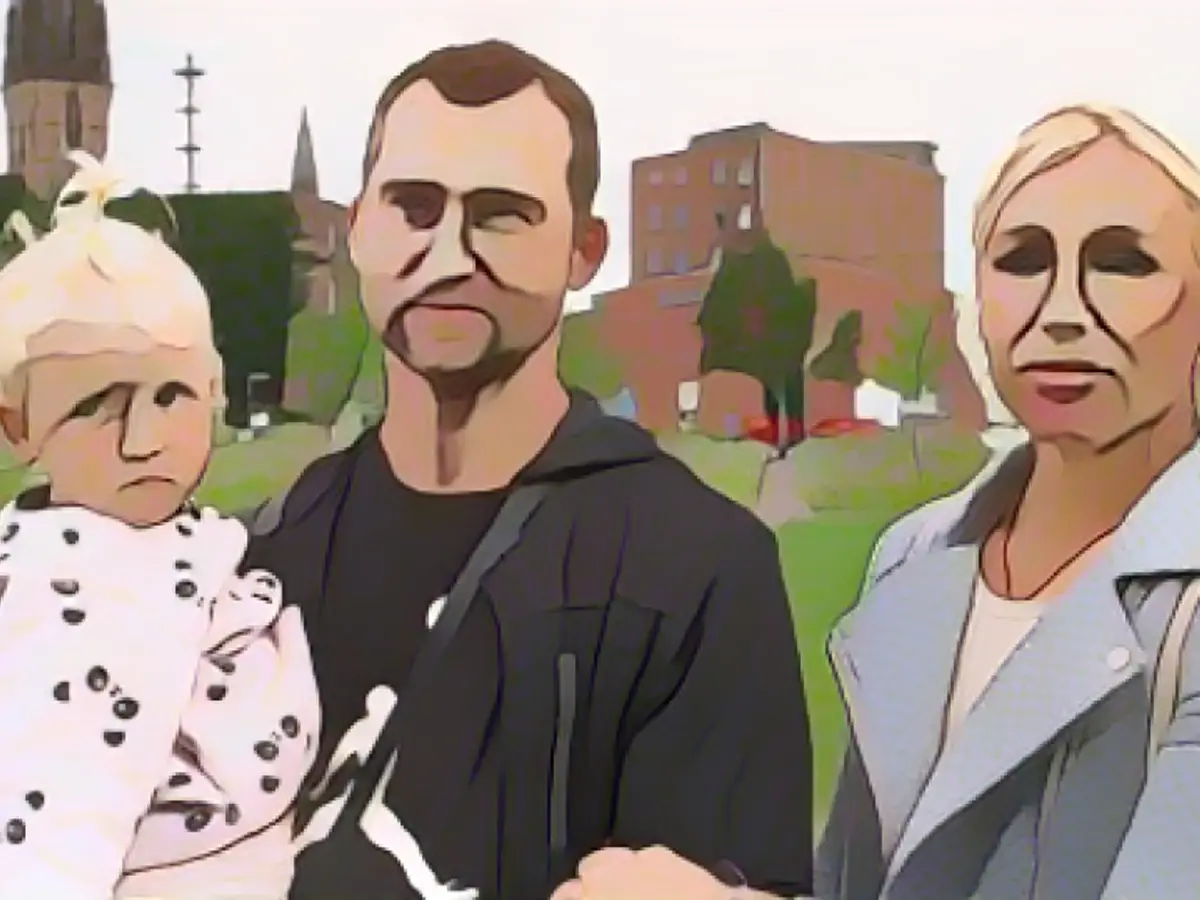Table of contents
- What is the EU asylum reform about?
- What is planned for Europe's external borders?
- What happens with border procedures?
- Why was this controversial?
- Where should there still be asylum procedures?
- What is planned for the distribution of migrants?
- What about the registration of migrants?
- What happens when particularly large numbers of refugees arrive?
- What happens next?
Agreement after a long dispute - External borders, asylum procedures, redistribution: this is what the EU is planning in its asylum reform
On Wednesday, the EU member states and the European Parliament agreed in principle on the reform of the Common European Asylum System (CEAS). After years of dispute, the EU wants to learn the lessons from 2015 and 2016, when more than one million people came to Germany alone:
What is the EU asylum reform about?
Essentially, the five pieces of legislation are about stricter asylum rules and easing the burden on main countries of arrival such as Italy and Greece. The European Union's asylum agency expects more than one million applications this year, which would be the highest figure since 2015 and 2016. Germany is likely to account for just under a third of these.
What is planned at Europe's external borders?
For the first time, there will be asylum procedures directly at the EU borders to prevent migrants with particularly low chances of being accepted from continuing their journey. This applies to people from Morocco, Tunisia or Bangladesh, for example, who have a maximum recognition rate of 20% in the EU.
Under pressure from the member states, anyone who is classified as a "threat to national security or public order" or who has misled the authorities, for example with a false passport, is also subject to border procedures. All those affected receive free legal assistance at the instigation of the EU Parliament.
What happens during border procedures?
The migrants are to be detained near the border and deported directly from there. Legally, they are considered not to have entered the country. The asylum procedure and repatriation should generally take up to twelve weeks. The member states initially want to create 30,000 places in border camps; after four years, this figure should rise to 120,000.
Why was this controversial?
The German government and the Greens in particular insisted that families with children should be exempt from border procedures in addition to unaccompanied minors. However, this central concern failed. However, the EU Parliament, in line with Germany's wishes, ensured that families with children are the last to enter border procedures, that their applications are processed first and that they are provided with "suitable reception conditions". The EU Asylum Agency is to monitor this.
Where should there still be asylum procedures?
Member states can return asylum seekers to "safe third countries" such as Tunisia or Albania. Migrants should have a "reasonable connection" to the third country, access to the health and education system and "sufficient means of subsistence". For the time being, there is no uniform EU list of safe third countries or countries of origin.
What is planned for the distribution of migrants?
In future, the country of first entry will continue to be responsible for asylum applications. However, a mandatory solidarity mechanism will apply in order to redistribute at least 30,000 migrants from Italy or Greece each year. Germany would theoretically receive around 6600 people, although admissions from previous years can be deducted. Countries that are not willing to accept migrants, such as Hungary, can also buy their way out with 20,000 euros per migrant or finance projects in third countries.

What about the registration of migrants?
Up to now, many people have arrived in Germany unregistered. This is set to change with the reform. Border countries such as Italy or Greece are to register biometric fingerprints or photos of migrants in the EU's Eurodac database. For the first time, children from the age of six will be affected, previously 14 was the age limit. Those who pose a "security risk" are to be specially flagged, especially those with links to "terrorist groups". The quick check should take a maximum of seven days.
What happens when a particularly large number of refugees arrive?
This is regulated by a crisis regulation. Migrants with a recognition rate of up to 50 percent will then also have to go through the border procedures and may even be detained for 18 weeks instead of twelve.
If refugees are "instrumentalized", they are to be sent to border procedures in full under pressure from the member states. This would then also affect Syrians and Afghans, who have one of the highest chances of recognition. The EU recently accused Russia of using people as political leverage.
What happens next?
Member states and the European Parliament want to finalize the asylum pact before the European elections at the beginning of June. After that, the EU countries have two years to implement it. The reform will not yet take effect in the summer, when a particularly large number of migrants are expected to arrive in Europe.
Read also:
- Year of climate records: extreme is the new normal
- Precautionary arrests show Islamist terror threat
- UN vote urges Israel to ceasefire
- SPD rules out budget resolution before the end of the year
- The European Parliament and EU member states have reached an agreement on the reform of the Common European Asylum System (CEAS), focusing on stricter asylum rules and reducing the burden on countries like Italy and Greece.
- This year, the European Union's asylum agency expects over one million asylum applications, with Germany likely to account for approximately one-third of these.
- To prevent migrants with low chances of acceptance from continuing their journey, asylum procedures will be conducted directly at the EU's external borders.
- The asylum procedure and repatriation process should take up to twelve weeks, and initially, 30,000 places will be created in border camps, which can increase to 120,000 in four years.
- The EU parliament has ensured that families with children are exempted from border procedures, and their applications will be processed first.
- Migrants can be returned to "safe third countries" such as Tunisia, provided they have a "reasonable connection" to the third country, access to health and education systems, and sufficient means of subsistence.
- A mandatory solidarity mechanism will apply to redistribute at least 30,000 migrants from Italy or Greece annually, with Germany potentially receiving around 6,600 people.
- Under the new reform, border countries like Italy or Greece will register biometric fingerprints or photos of migrants in the EU's Eurodac database, and children as young as six will be affected in this process.
Source: www.stern.de








